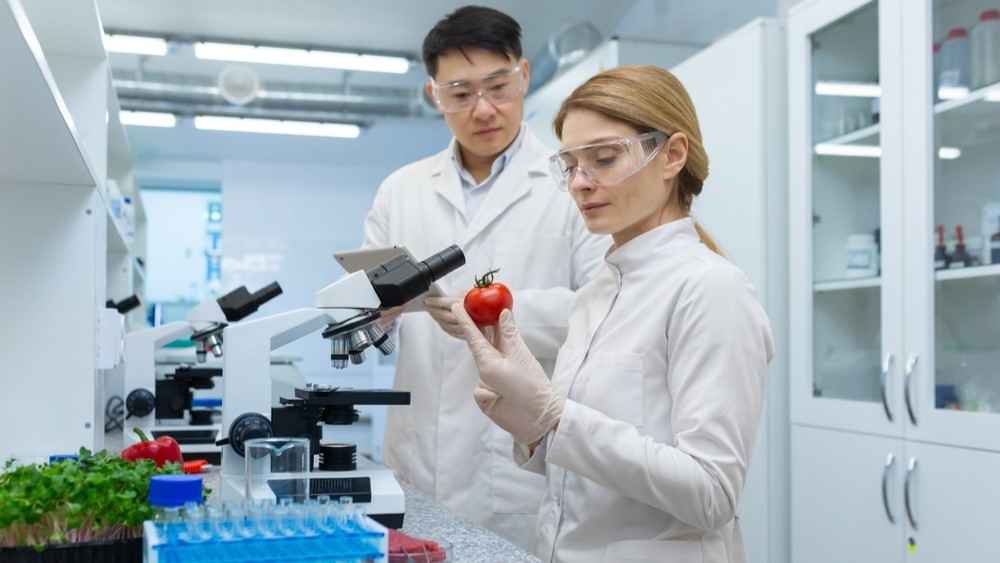Table of Contents
Definition
The poison information centre is a specialized unit that provides information on prevention, early diagnosis, treatment and hazard management.
This service mainly reduces morbidity and mortality caused by poisons thereby increasing the quality of life.
The centre that provides poison information is called the poison information centre.
Objectives:
The basic objectives of poison information centres are:
- Development of therapeutic guidelines for poison management.
- To review and evaluate the safety and efficacy of new drugs.
- To educate and train health care professionals, and the public with respect to poisons through palm plates etc.
- To provide necessary information on the management of poisons at the earliest.
- To enhance medical care to the patients thereby improving medical standards.
- Toxicovigilance.
Organisation of Poison Information Centre:
- Poison information centers work effectively with various organizational structures.
- They are mostly connected with hospitals, universities, and public health services at regional and national levels.
- They basically rely on government funding as a part of public health services.
- Here the input level refers to the area of staff, resources, facilities, and organization.
- The process level includes areas of receiving queries, search strategy, data collection and literature evaluation, formulation of replay, documentation, and storage.
- Output levels refer to areas of user satisfaction and patient outcome.
Personnel:
An adequate number of staff is essential for effective and round-the-clock work.
It is usually staffed by:
- Medical director – physician
- Technical director – Pharmacist.
- Clinical toxicologist
- Manager
- Public education co-ordinator.
The role of the medical director is to:
- Review and authorization of all poison management protocols.
- Conducting quality assurance activities.
- Promoting research.
The role of clinical toxicologist and pharmacist is:
- To provide on-call clinical support.
- Interact with the public and healthcare professionals.
- Update and maintain information resources.
- Maintain accurate records of all the choirs.
- Participate in continuing education programmes.
The role of the manager is to
- Make budgeting
- Purchasing
- Media response
- Conduct quality assurance programs.
- Staff scheduling.
Facilities:
a) Location:
It should be established mainly adjacent to
- Emergency department.
- Next to the medical library.
- Hospital pharmacy
- Drug information centre within the hospital.
b) Layout and Equipment:
- The work area should be a minimum of 100 – 200 sq. feet.
- It should have a separate workstation for the medical director & clinical toxicologist.
- Adequate lighting & ventilation should be present.
- File shelves & cabinets should be present.
- At least two phones with toll-free numbers.
- Computers, printers, photocopy machines, and UPS should be present.
- A well-equipped lab should also be present.
c) Sources Of Poison Information:
Information regarding the poisoning cases is available from a wide variety of sources. They include primary, secondary and tertiary resources and the internet.
Primary sources:
Primary sources include journals of medicine and toxicology.
They are mainly helpful for updated advances.
Examples: Indian journal of environment and toxicology, journal of Indian society of toxicology, toxicology and applied pharmacology, Indian journal of toxicology etc.
Secondary sources:
The secondary sources are helpful in the quick retrieval of updated information.
Different countries have their own databases for products available in their region.
Example. Poisindex, toxinz, medline, wikitox, intox, toxiline etc.
Tertiary resources:
The tertiary sources include the standard textbooks medicines, pharmacology, analytical toxicology, medical dictionaries, local pharmacopoeias, BNF etc.
Apart from these information sources the development of treatment protocols, developing educational materials, booklets and leaflets and safe storage of medicines and hose hold chemicals and pesticides are also very important.
Make sure you also check our other amazing Article on: Inventory Control in Community Pharmacy
